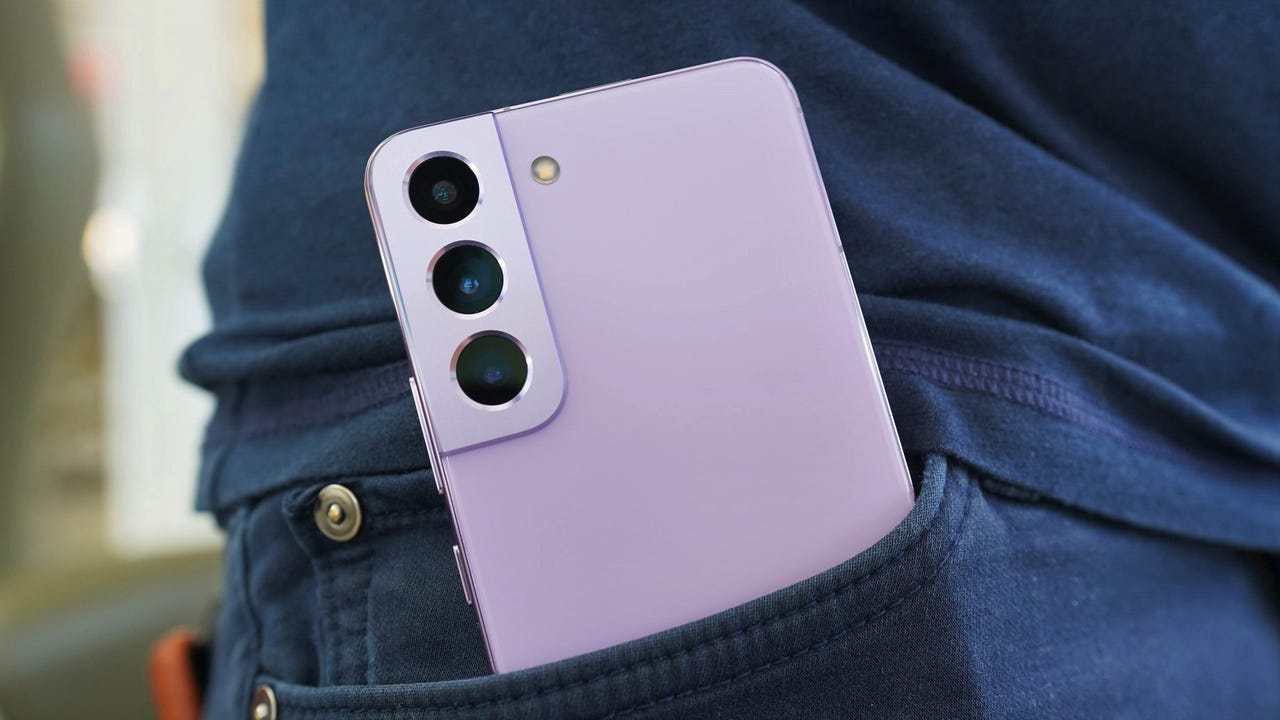































 June Wan/
June Wan/ Two very serious vulnerabilities were discovered recently by Google's Project Zero that directly affect Android phones made by Google and Samsung. The vulnerabilities are both tagged as "severe," which means they require immediate patching, otherwise you could be at risk.
It might sound like hyperbole, but this time around it's on the mark.
The first vulnerability (and decidedly the worst) affects Exynos modems. There are four vulnerabilities that can cause serious problems with the Exynos hardware such that, even without user interaction, a hacker would only need to know your phone number to create an exploit and compromise your phone remotely.
Also:The best Android phones
The known devices that are affected by these vulnerabilities are:
All-in-all, a total of 18 zero-day vulnerabilities were discovered in Samsung's Exynos chipsets, with seven of them allowing for remote code execution.
Also:The best Pixel phones
Google has released the March Pixel update to patch these vulnerabilities. The patch was made available to my Pixel 7 Pro over the weekend, but my wife's Pixel 6 Pro has yet to receive the update. It's crucial that anyone with an affected device checks and applies the update as soon as they are made available to your device.
The first thing to do is open the Settings app on your phone, which you can do from either the gear icon in the Notification Shade or from the App Drawer.
Scroll to the bottom of Settings and tap System. From the System page, tap System Update and then tap Check For Update. If there's an update for your phone, apply it immediately.
If Wi-Fi calling is enabled and you have yet to receive the update, turn off Wi-Fi calling.
Image: Jack WallenIf you use an affected Samsung device, make sure to go to Settings > Software (or System) Updates. If you see the March 1, 2023 Security Patch listed, you're good to go for five of the eighteen vulnerabilities (CVE-2023-26072, CVE-2023-26073, CVE-2023-26074, CVE-2023-26075, CVE-2023-26076). The remaining vulnerabilities have yet to pass the 90-day deadline nor have been assigned CVE-IDs. Along with the March 1, 2023 update, Samsung updated its advisories to remove the Exynos W920 SoC as an affected chip.
Samsung phones must have the March 2023 security patch to be safe from the Exynos vulnerability.
Image: Alyson Windsor/If your phone has yet to receive the update, you'll want to turn off VoLTE and Wi-FI calling. To do this, go to Settings > Network & Internet > SIMs > Wi-Fi Calling. Make sure to tap the ON/OFF slider for Use Wi-Fi Calling until it's in the off position.
The next severe vulnerability was found in the Pixel Phone's Markup utility and allows hackers to unredact and uncrop edited screenshots taken on the device. If you take a lot of screenshots (especially those that display sensitive information), this vulnerability should be take seriously. For example, you might share a screenshot that includes bank account information. You might redact the sensitive information before sharing it. With this vulnerability, a hacker could reveal that sensitive information and use it against you.
Also:How to set up a locked folder in Google Photos on Android (and why you should)
Screenshots shared via services that compress and decompress images (such as Twitter) aren't vulnerable. But this is not something you want to take a chance with.
Fortunately, Google patched this flaw in the March Security Update, so, as long as you've applied the patch, you're good to go.
However -- and this is a big "however" -- even with the patch, any screenshot you've taken prior to the update will still be vulnerable. To that end, I would suggest you delete any screenshot (from both phone and cloud) that contains sensitive information (whether you've redacted it or not).
If your Pixel or Samsung phone has yet to receive patches for either/both of these vulnerabilities, I highly recommend you check daily until the update arrives and apply it as soon as it does.
 Tags quentes :
Tecnologia
Nosso processo
Serviços & Software
Sistemas Operacionais
SO móvel
Tags quentes :
Tecnologia
Nosso processo
Serviços & Software
Sistemas Operacionais
SO móvel